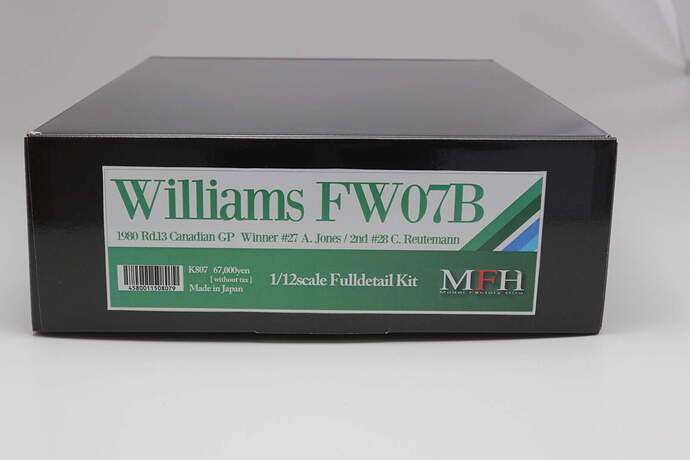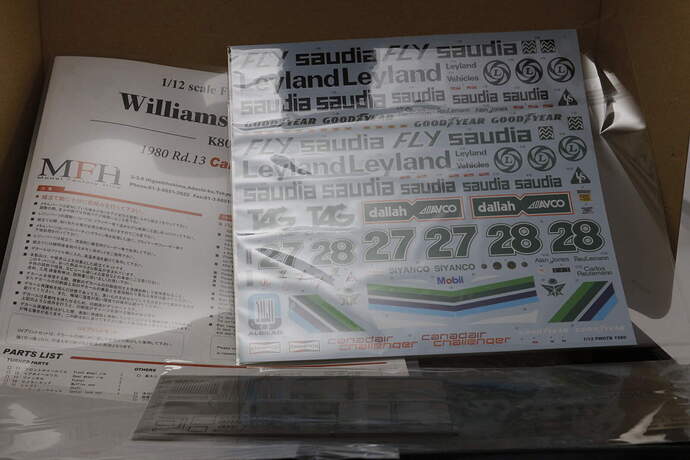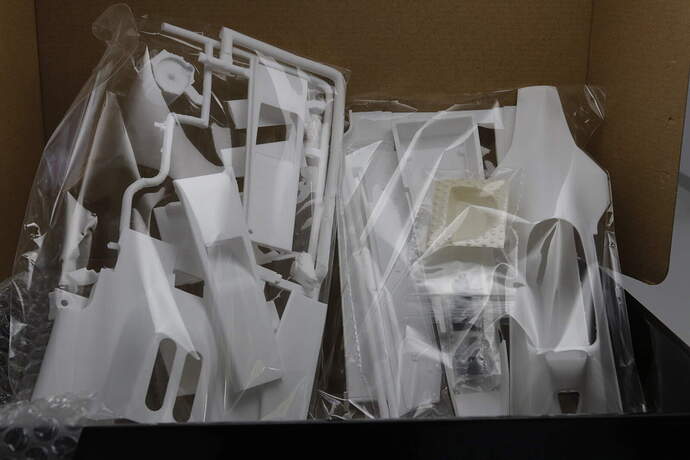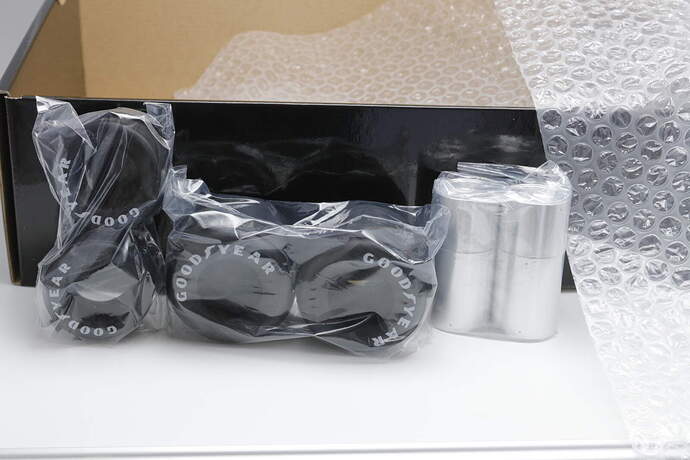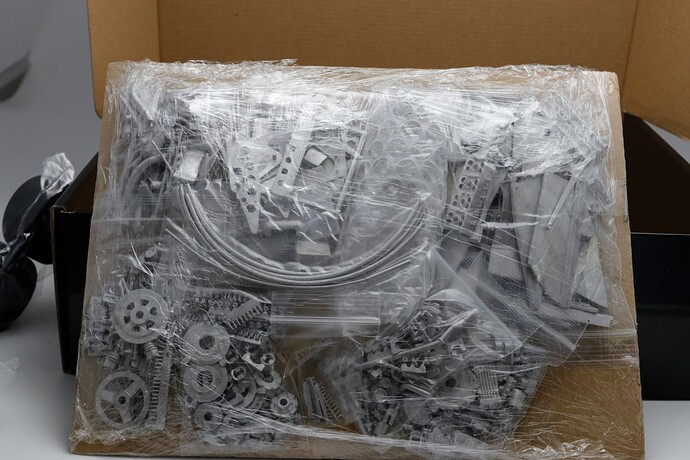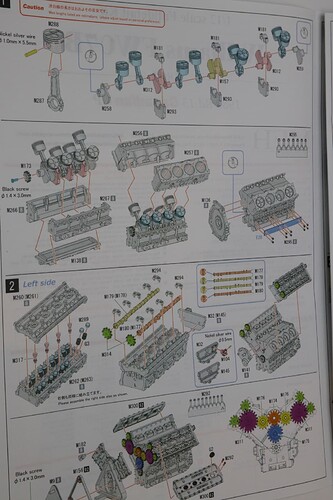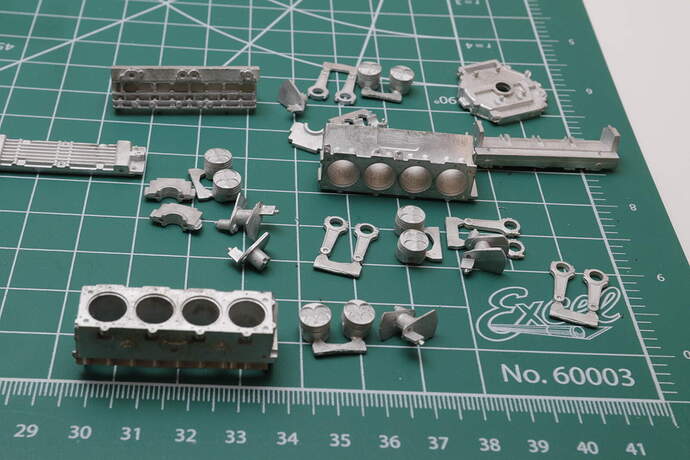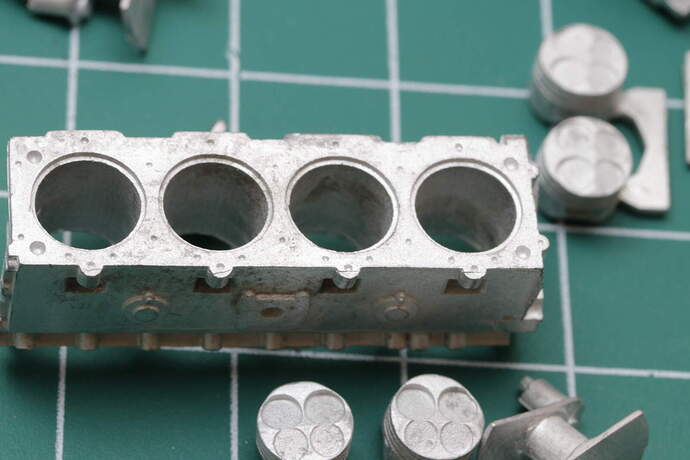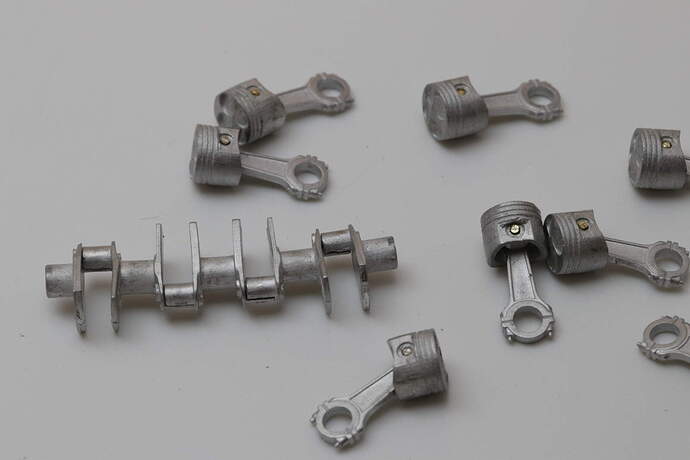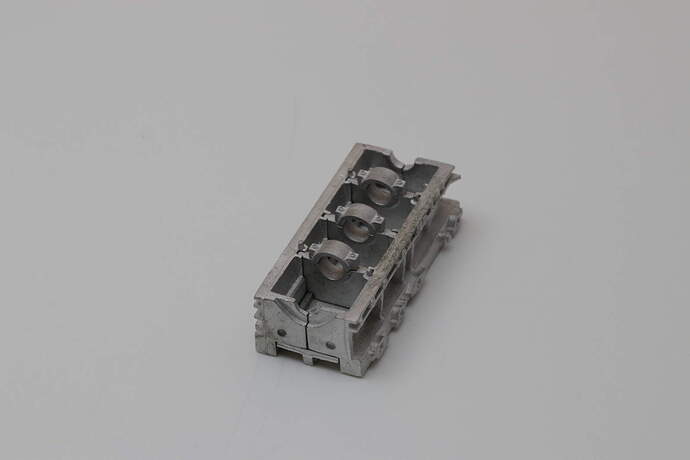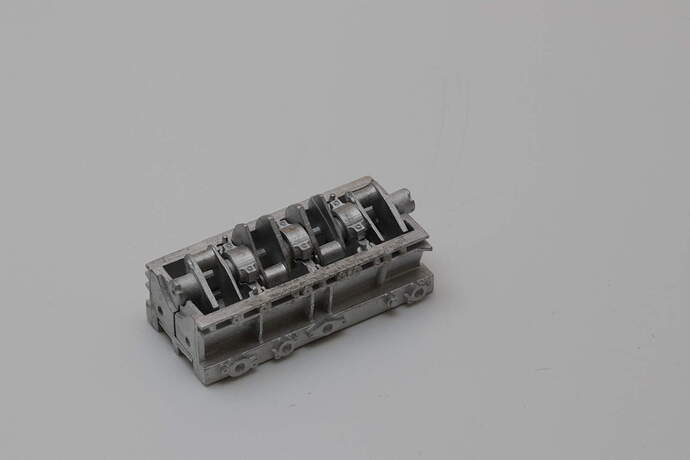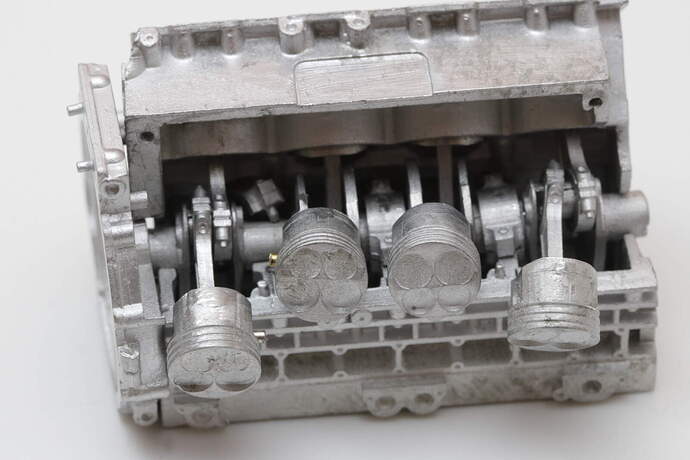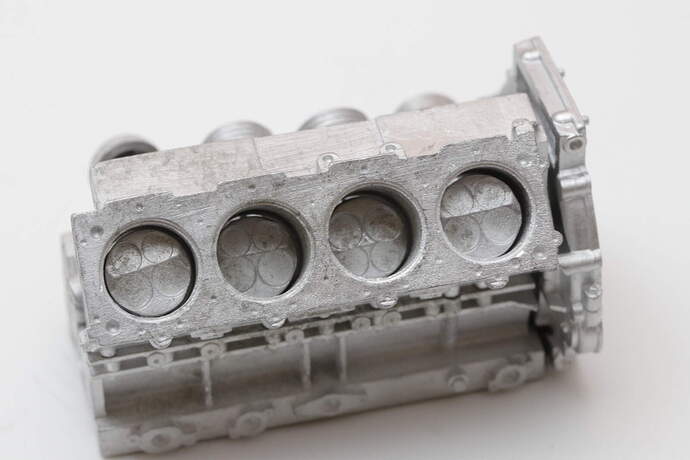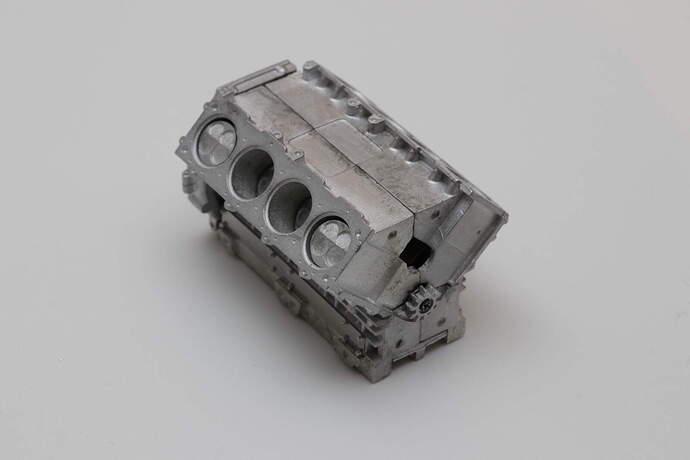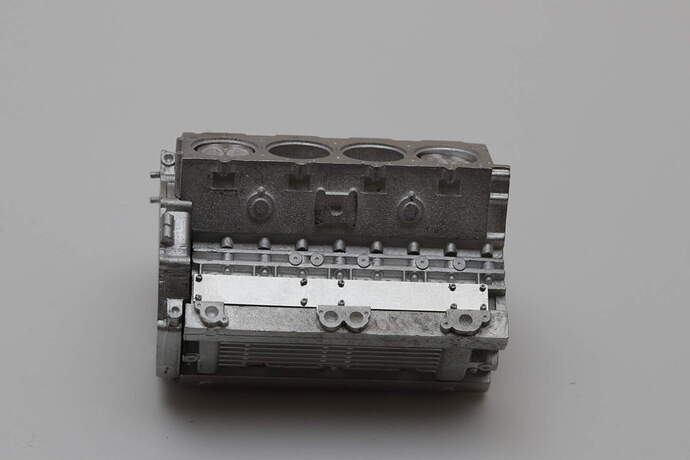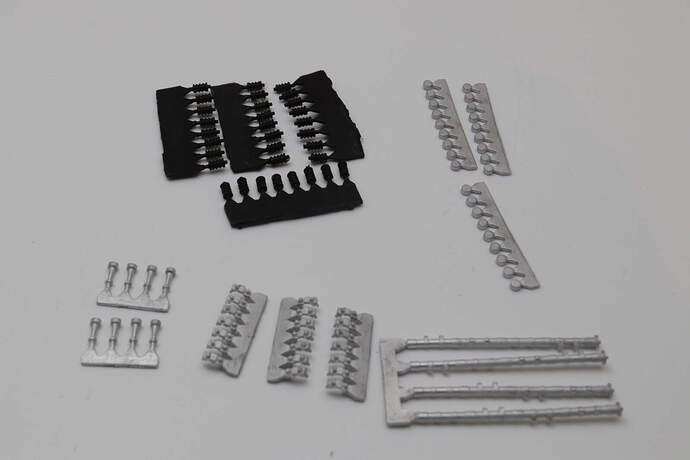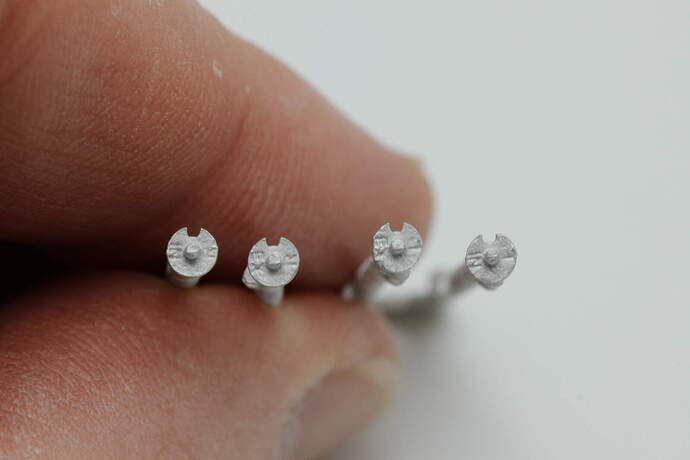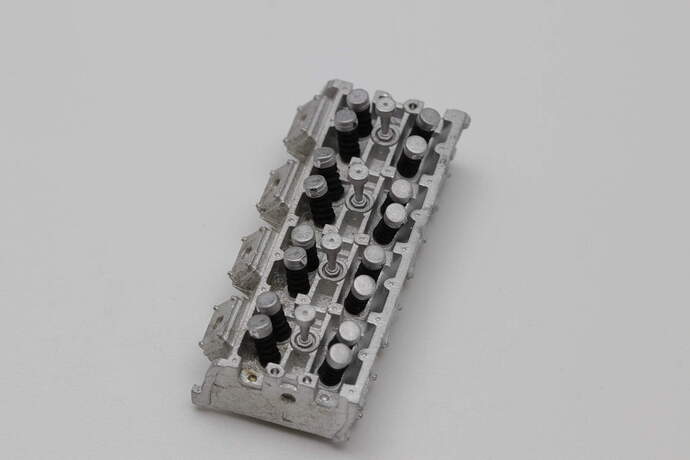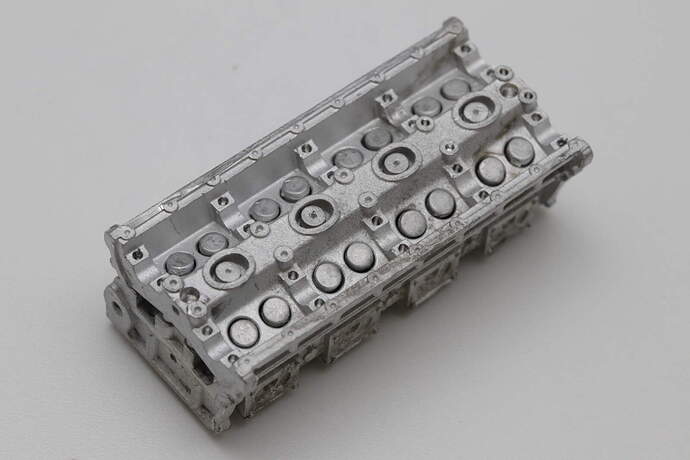It seems appropriate at the start of the 2022 F1 World Championship that sees the return of ground effect cars to slide back in time to an era 40 years ago when they last raced and look at the car that made the most of this aerodynamic feature.
The Williams FW07 was probably the best of the ground effect cars of the late 1970’s / early 80’s before that form of aerodynamics was banned in 1982. The FW07 should have won championships in 79, 80 and 81 but had to settle for 1980 and Alan Jones as their sole successful World Champion. In 1979 reliability issues early in the season cost them as did intra-team rivalry in 1981.
The reason for Williams’ success was to build on the lessons from the ground-breaking ground effect Lotus 79 of the 1978 season and make the FW07 much more structurally rigid to fully utilise the aerodynamics.
The MFH kit represents the FW07B, the car that sealed the deal for Australian Alan Jones in Montreal, Canada at the 13th, and penultimate, race of the 1980 F1 championship. Williams had already won their first F1 constructors’ championship in a dominant season. Their cars only failed to score points once and they won 7 of 14 races with 11 other podium finishes.
Interestingly, F1 has gone back to ground effects cars for the 2022 season to help level the playing field and hopefully promote close racing. They seem to be having the same problems today they did forty years ago of the ground effect being too powerful forcing the cars to bounce up and down – porpoising – at high speed.
Here’s a quick view of contents:
The car was sponsored by Saudi Air, I think the first time for Middle Eastern sponsors on an F1 car.
The body is largely resin with a few metal panels which should be easier to manage.
Painted tyres and aluminium hubs
and a whole pile of white metal
The metal parts are very good. I think this is because this is a brand new kit from MFH so I don’t know whether they have improved the moulding process or just new moulds produce this effect.
On to the build.
This is my fourth MFH kit so I have a good idea what to expect. As with the previous kits, we start with the engine. Now I have built a flat 12, a V12 and a V twin so my first V8.
There is a twist with this V8 that I hadn’t appreciated - it comes with an interior!
Yep, pistons, conrods, crankshaft, valve springs, camshafts, you name it. Why you ask since of course it will all be invisible when complete. The parts are very nicely cast though
So what do you think, give it a go? or be sensible and just build the block without internals? (and aside that Richard will appreciate - there are over a 100 holes to drill for the first 2 steps!)
Let me know what you would like to see.
cheers
Michael
